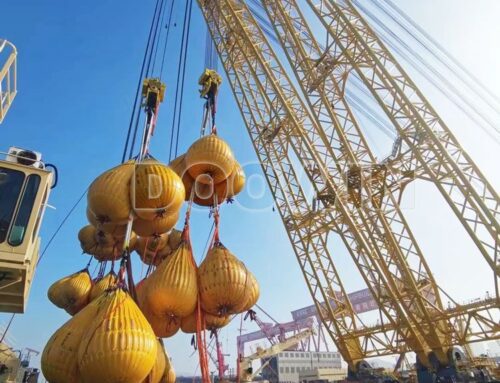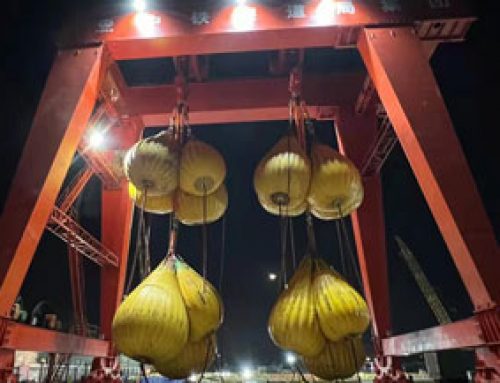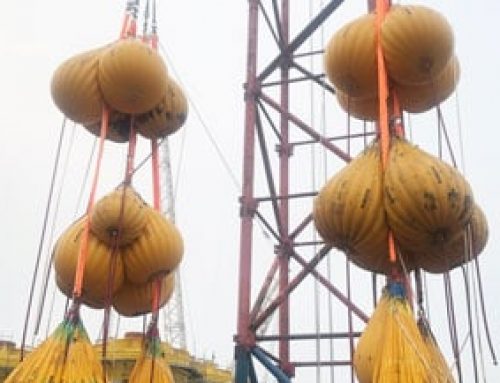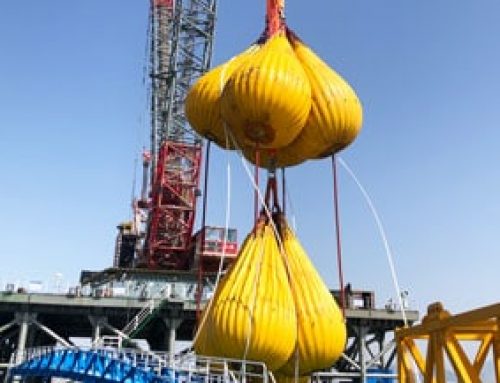If you’ve recently had a crane installed or newly repaired, you may not yet be an expert on the reasons why it needs to go through an inspection, what kind of crane test weights need to use. Below, we introduce the 5 most common and popular crane load test weights.
Why does my crane need an inspection?
OSHA requires that all active cranes be annually inspected. Daily or weekly usage wear important crane components. This wear can lead to a breakdown — or worse, a dangerous failure that puts you, your team or your company at risk.
Routine inspections can help identify potential problems and address them before a costly or irreversible incident occurs.
OSHA 1910.179 Overhead & Gantry Cranes Regulations
1. Stackable steel or cast iron crane test weights
The tradition crane test weights are steel or cast iron weights. These test weights are stackable. It is very suitable for the proof load testing cranes, winches and beams in low headroom and confined space applications, where the use of water filled test weights would not be possible.
The common individual steel test weights range in size from several kgs up to 10ton or bigger, with the larger weights configured to enable stacking on lift stands.

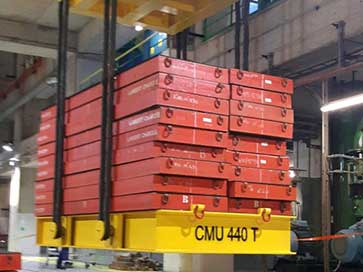
The advantages of steel test weights include:
- Low working height, to enable use in limited headroom applications.
- When test several nearby cranes, can lay down the test weights. Then, another crane lifts up directly. Save time.
- Proof load tested carrier baskets and lift stands to ensure operator safety.
- Compact and capable of being moved into tight spaces, using rollers, if necessary.
- Can be lifted using shackles and other standard rigging hardware.
- Smaller test weights can be hand carried by technicians into restricted areas.
In contrast, its disadvantages are very obvious too. Because of heavyweight, its transportation cost is very high. And it is very hard to test the rig cranes. The test weights cannot be added slowly. So the problem cannot be found timely.
2. Water filled crane test weights
Water filled weight bags are simple and safe crane test weights designed to provide proof load testing instead of traditional solid load test weights.
Crane load test water bags are designed for proof load testing the lifting equipment and structures that request proof load weight testing. When it’s newly finished, or periodic check or maintenance. Such as crane load testing, beam load test, lifeboat davit load test, derrick load testing, overhead crane load test. So, this water-filled test weights offer one kind of innovative crane load test weights solution. Most noteworthy, it has the advantages of Safety, Economy, Convenience, and High Efficiency.
The water weight bags with load cells weigh approximately 2% of its rated load weight. This feature keeps freight costs, storage space, floor loading and especially manpower to a minimum.
The use of water bags for our crane and hoist load testing services is recognized as a safe technique for slowly applying the test load. This means that potential problems can be identified long before the maximum load is reached. In addition, load water can be drained without having to lower the test weight. This would be helpful in situations where the hoisting system or brakes were compromised in some way.
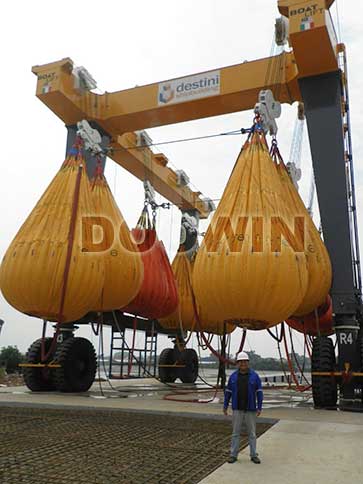
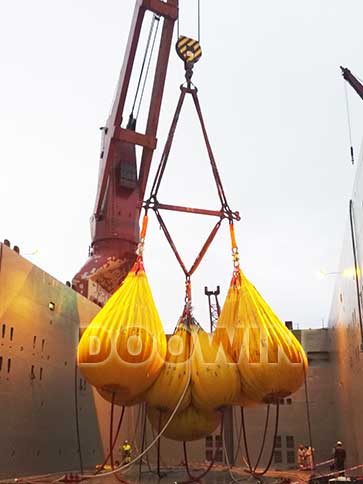
3. Concrete load test weights
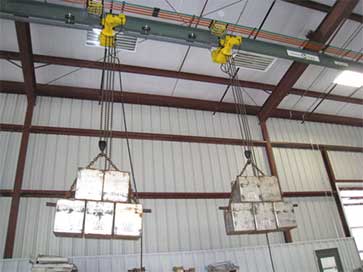 Concrete load test weight is similar to the steel test weights. It is one kind of stackable test weights. But it is not popular like steel weights. Because of the concrete weights are easy to lose its weights. It is not so exactly like the steel weight.
Concrete load test weight is similar to the steel test weights. It is one kind of stackable test weights. But it is not popular like steel weights. Because of the concrete weights are easy to lose its weights. It is not so exactly like the steel weight.
Because of its density is less than steel or cast iron. Its volume is bigger than the steel test weights. So it is not easy to operate. The concrete load test weights have similar disadvantages with steel crane test weights.
But concrete load test weight is cheaper than steel crane test weights.
4. Sandbag Test Weight
 Sometimes, the user also can use the sandbag as the crane test weights. Although, the most common application of sandbag is for the bridge load testing.
Sometimes, the user also can use the sandbag as the crane test weights. Although, the most common application of sandbag is for the bridge load testing.
The workers fill the woven bag or jumbo bag using sand. Then, stack the sandbag one by one on the lifting stands. The weight of each sandbag is different. So cannot know its exact weight of sandbag. Users can weight each sandbag. Or can use the load cell with measure the total weight.
The greatest disadvantage of this sandbag is taking cumbersome effort. So sandbags are very common in pre-loading tests of Bridges. But it’s not very common in crane testing.
5. Big water tanks
Big water tanks are often used by the big shipyard or offshore company for the big capacity crane over 1000ton. There are some big capacity cranes that don’t have enough height. Cannot use the water bags or other test weights. So
Normally, the big water tanks are cube shape, made by welding high strength steel plates. At the same time, a lot of supporting steel beams is added to the interior as required. Then, weld a sufficient number of lifting eyes on the water tank.
Due to its large size, it is difficult to store and use. Meanwhile, because of its high cost, it’s not used very much. So water tanks are not commoditized. It is usually welded by a special processing plant commissioned by the user.
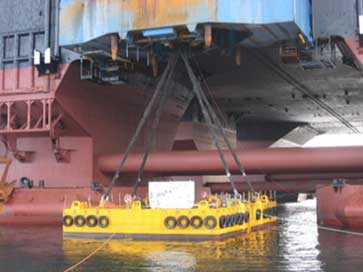
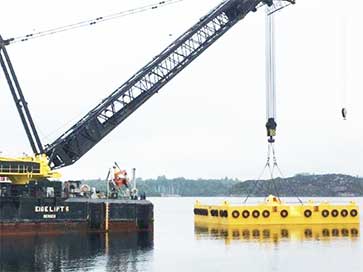
In general, water-filled weight bags and steel load test weights are two kinds the most common crane test weights.

